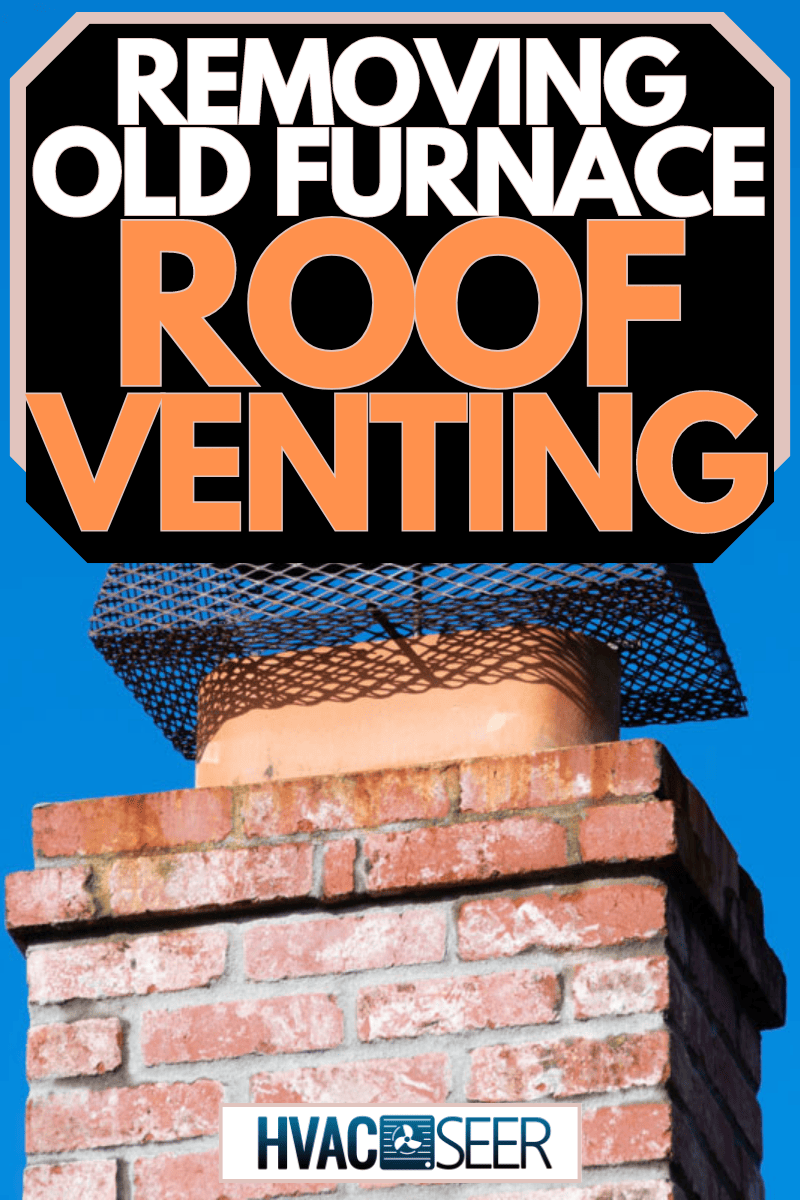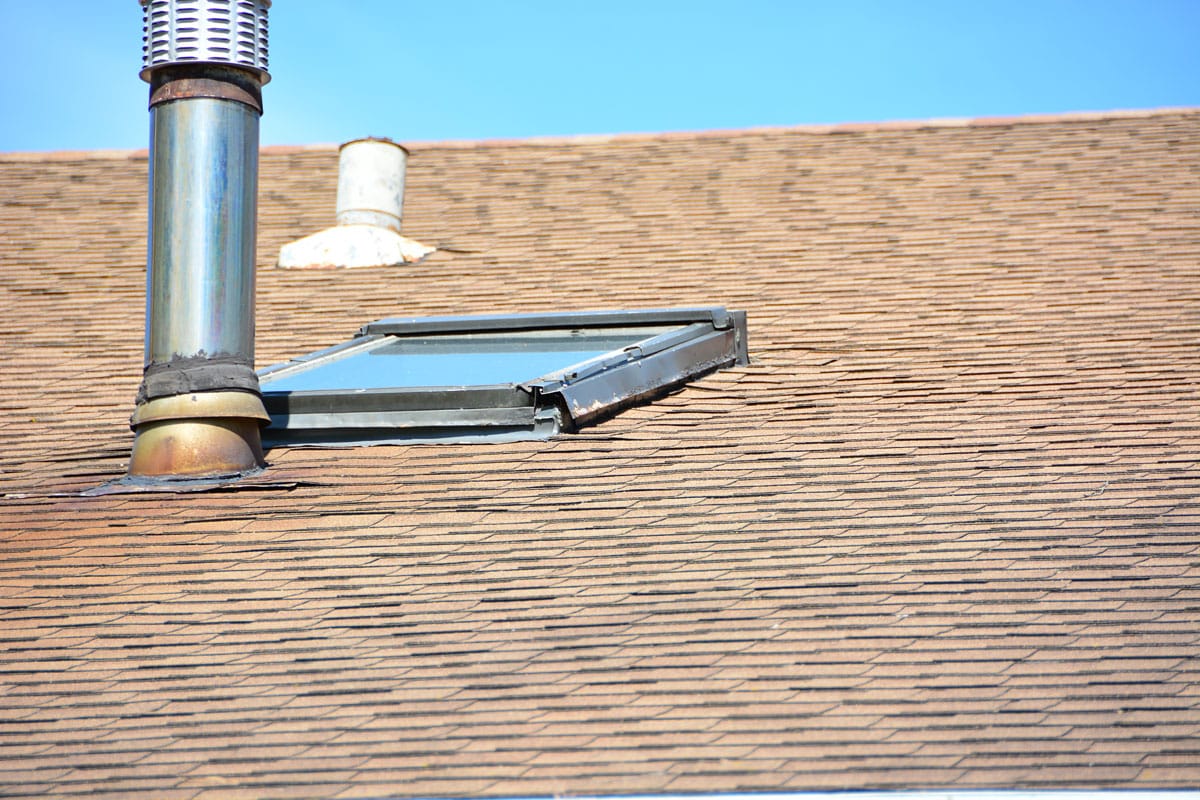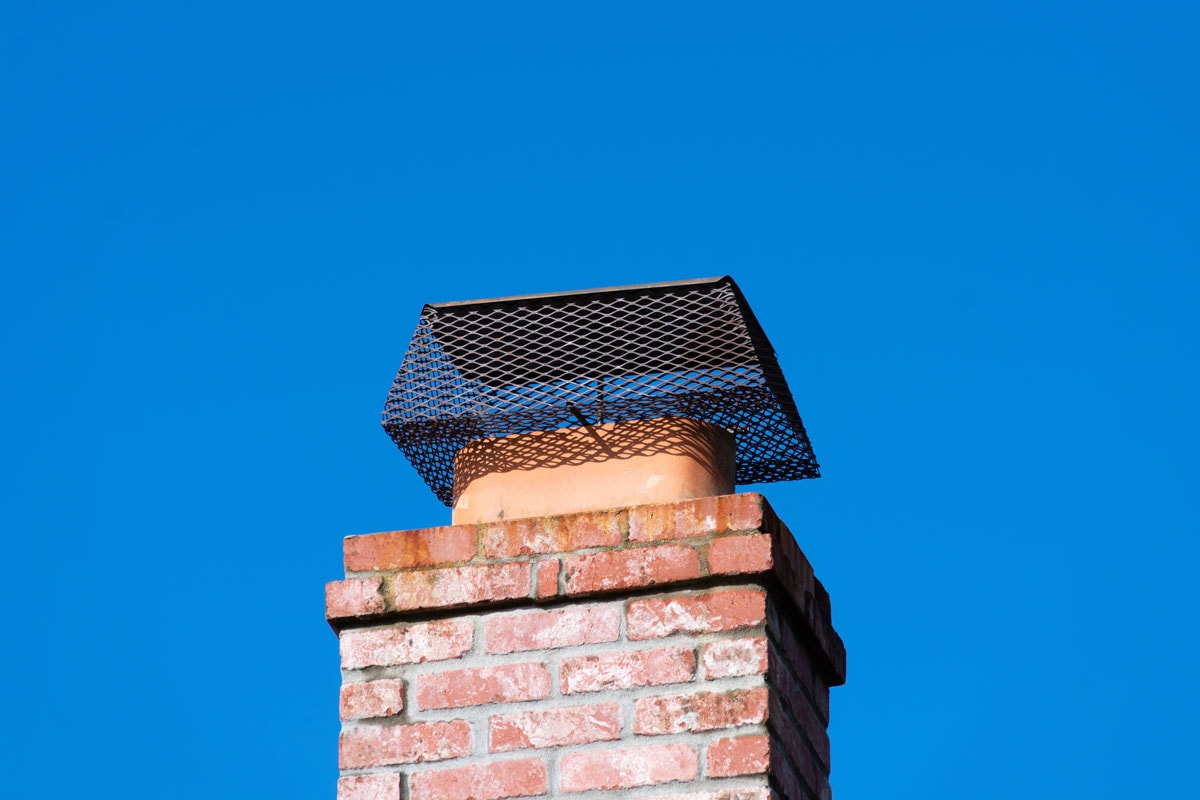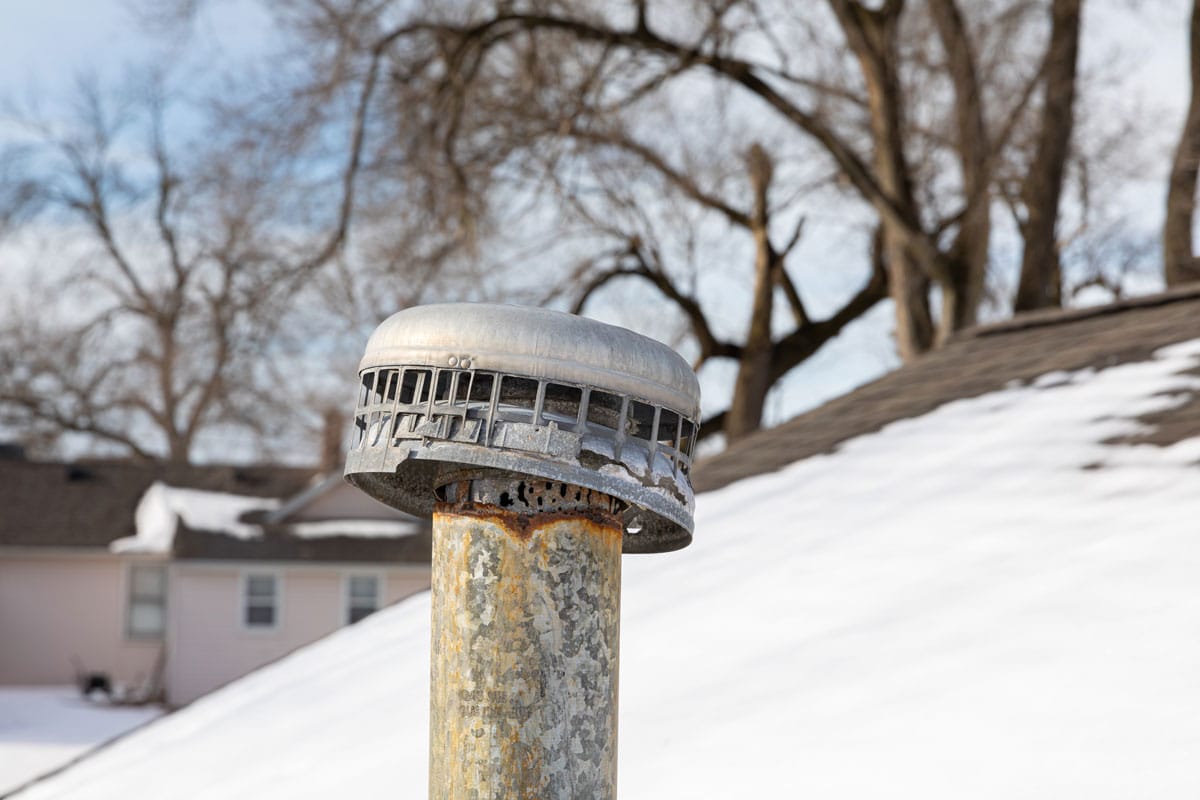Removing old furnace roof venting can be a lot of work, but you can do it safely and efficiently with the right tools and a bit of guidance. So, how do you remove old furnace roof venting? We've researched this question and have a guide to share with you.
Here are the steps for removing old furnace roof venting:
- Gather Your Tools
- Turn Off Your Furnace
- Cut Through the Roof Mastic
- Put on Safety Gear
- Remove the Metal Straps
- Lift the Upper Part of the Vent
- Unfasten the Clamp
In this post, we will delve into the procedure for removing old furnace roof venting and discuss how to replace it. We'll also look at how you can prevent future problems and maintain roof venting. Continue reading to learn more.

How To Take Off Old Furnace Roof Venting

Removing old furnace roof venting takes work. To make the job easier, we've listed the steps to do it.
1. Gather Your Tools
- Ladder
- Pry bar
- Hammer
- Wood chisel
- Screwdriver or nut driver
- Gloves
- Safety glasses
- Dust mask
2. Turn Off Your Furnace
Turn off your furnace before removing your old roof venting for your safety and to prevent any accidents.
3. Cut Through The Roof Mastic
Use an extension ladder to reach the roof, and then remove the fasteners holding the rain cap in place. Use a screwdriver or nut driver and twist the rain cap as you take it off the end of the pipe.
Cut through the roof mastic around the pipe area using a wood chisel and hammer.
4. Put On Your Safety Gear
You should wear safety gear, including gloves and eye protection. You must access your attic through the access panel or pull-down stairs. In the attic, look for the vertical section of the furnace vent pipe.
5. Remove the Metal Straps
Use a pry bar and hammer to remove the metal straps that secure the vent pipe to the roof and ceiling framing. Pry the nails or screws loose and unwrap the straps from the vent pipe.
6. Lift the Upper Part of the Vent
Lift the upper section of the vent and twist it to separate it from the lower portion. Use a hammer to tap the connection point if necessary. Lower the upper part until it is under the roof flashing.
7. Unfasten the Clamp
With the screwdriver, unfasten the clamp where the vent attaches to the furnace. Drag the end of the pipe from the flange and use a hammer to dislodge it by tapping.
Have someone stabilize the vent pipe below as you pull upward on it and lift the lower section into the attic. Remove both parts of the vent pipe from the attic.
Be careful when removing the vent to avoid damage. Clean up any debris or dirt that has accumulated.
Replacing Old Roof Venting

Here are some tips to help you replace your old furnace roof vent:
Get The Roof Ready
Preparing the roof is crucial when replacing a roof vent.
- Remove the old vent and any debris from the area, cut away any surrounding shingles, and inspect the flashing for damage.
- After cleaning up, you can measure and cut the new vent to size and nail down a piece of flashing around its perimeter.
- Apply roofing cement or caulk around the edges of the roof vent to provide extra protection against water infiltration, and fasten the vent into place using roofing nails or screws.
Cut A Hole
To replace the old roof vent, you will need to cut the new hole for the replacement. Get the measurements of the old vent and mark the center of the new one, then use a small saw to cut out the new holes. Be careful not to make the hole too big.
Put In the New Vent
Once you have cut the hole, install the new vent. Ensure you have the correct size and type of vent for your needs, and follow the instruction manual carefully when installing the roof vent. Ensure that the vent is sealed and secured to prevent leaks.
Common Issues With Furnace Roof Venting
Furnace roof venting helps remove exhaust gases from your furnace and keeps your home safe and comfortable. However, over time, your furnace roof venting can become damaged or outdated, which leads to several problems.
Here are some common issues with old furnace roof venting and why it is necessary to replace it.
Rust and Corrosion
One of the most common issues with old furnace roof venting is rust and corrosion. Too much exposure to the elements over time can cause the metal to break down, which could lead to holes and other damage that can compromise the integrity of the venting.
Ice Dams
Ventilation systems allow cool air to enter your attic through vents. This cool air helps prevent ice damming caused by the heat buildup in your attic space. Ice dams can result after the snow melts and freezes at the edges of your roof.
Blockage
Another issue with old furnace roof venting is a blockage. Debris such as leaves, dirt, and animal nests can accumulate inside the venting, reducing its effectiveness and causing your furnace to work harder.
Damage from Wildlife
Animals such as squirrels, birds, and raccoons can damage your furnace roof venting because they may try to enter an attic or chimney. This can lead to holes and cracks that can compromise the functionality of the roof venting.
You can use metal mesh to protect your roof vent from wildlife damage and entry.


Click here to check out this metal mesh on Amazon.
Inefficient Venting
Old venting may not be as efficient as new venting. Outdated roof vents can lead to higher heating costs and reduced comfort in your home. Your air conditioner will have to work extra hard to keep the cool air in your home. That means more energy is consumed, leading to additional expenses.
How to Prevent Problems With Roof Venting

Furnace roof venting is essential to a house's heating system, and maintaining it is necessary to prevent future problems. Here are some tips on controlling issues with your furnace roof venting:
Regular Inspections
One of the best ways to prevent problems is to schedule regular inspections. A professional HVAC technician can examine your venting for any signs of damage, blockage, or other issues and make any necessary repairs.
Cleanliness
Keeping your furnace roof venting clean is crucial for ensuring your heating system runs efficiently. You should clear any debris, such as leaves or twigs, from the venting regularly and keep the area around the venting clear.
Proper Installation
Ensure that the installation of the venting is correct to help prevent any issues, such as leaks or damage that can lead to future problems.
Choose the Right Type of Venting
Choosing the proper type of venting is essential for preventing future problems. Choose appropriate venting for your heating system and the climate in your area. For example, you may need to choose a roof vent designed to handle extreme temperatures if you live in a cold region.
Use a Chimney Cap
Installing a chimney or venting cap can help prevent animals from entering your furnace roof venting and causing damage. A chimney cap can also help prevent debris from accumulating inside the venting.


Click here to see this venting cap on Amazon.
Trim Nearby Trees
Trees that are growing too close to your furnace roof venting can cause damage. Make sure to trim any trees or branches that are too close to your venting. Animals can also find ways into your venting and home using tree branches close to your roof.
Install a Carbon Monoxide Detector
Installing a carbon monoxide detector is crucial for preventing future problems with your furnace roof venting. Carbon monoxide is a hazardous gas that can build up in your home if your venting is not operating properly. A detector can alert you if there is a danger of carbon monoxide present.
Professional Installation and Repair
It is always best to hire a professional HVAC technician if you plan to install new furnace roof venting or need repairs. They have the expertise and experience to ensure your venting is installed correctly and functioning properly.
Summing Up

In this post, we discussed the steps involved in removing old furnace roof venting and replacing it. Additionally, we covered tips for preventing future issues with furnace roof ventings, such as regular inspections and maintenance.
To learn more about roof vents, visit these posts:

This is a great tips and step by step guide on how we can remove the old furnace roof venting specially for people who plans to DIY or Do It Yourself like me. Thank you so much for this helpful content, keep it up and keep helping people like me.